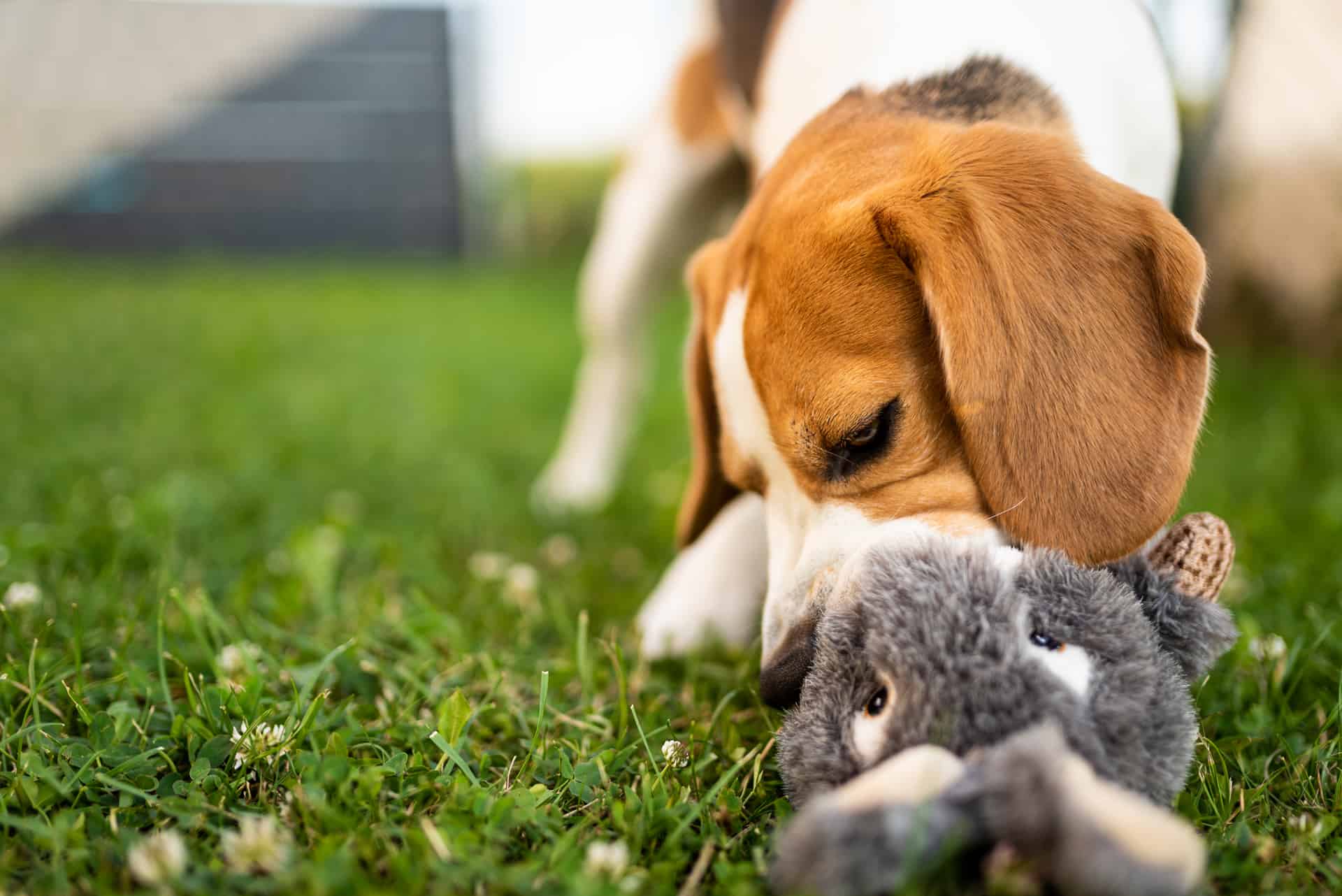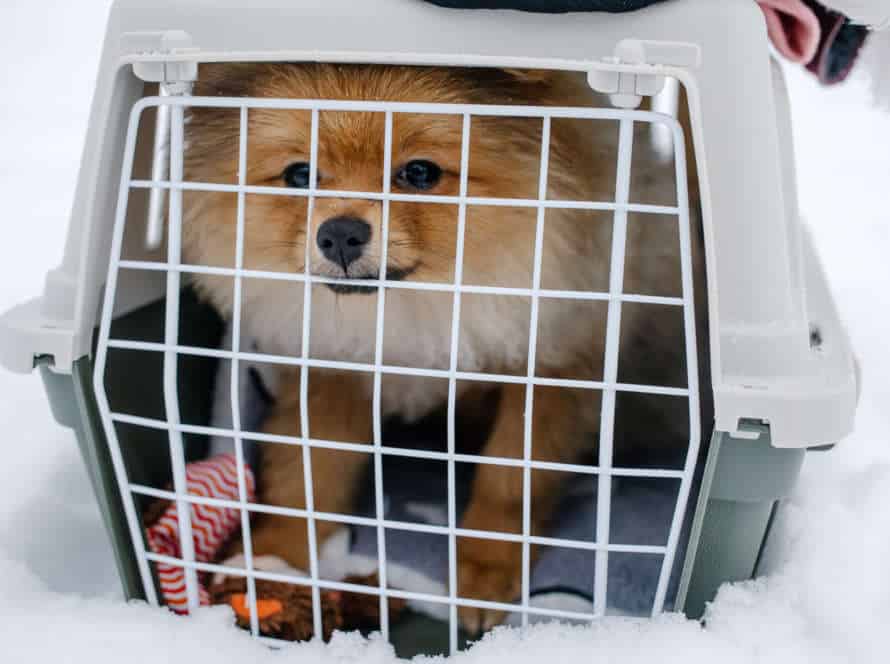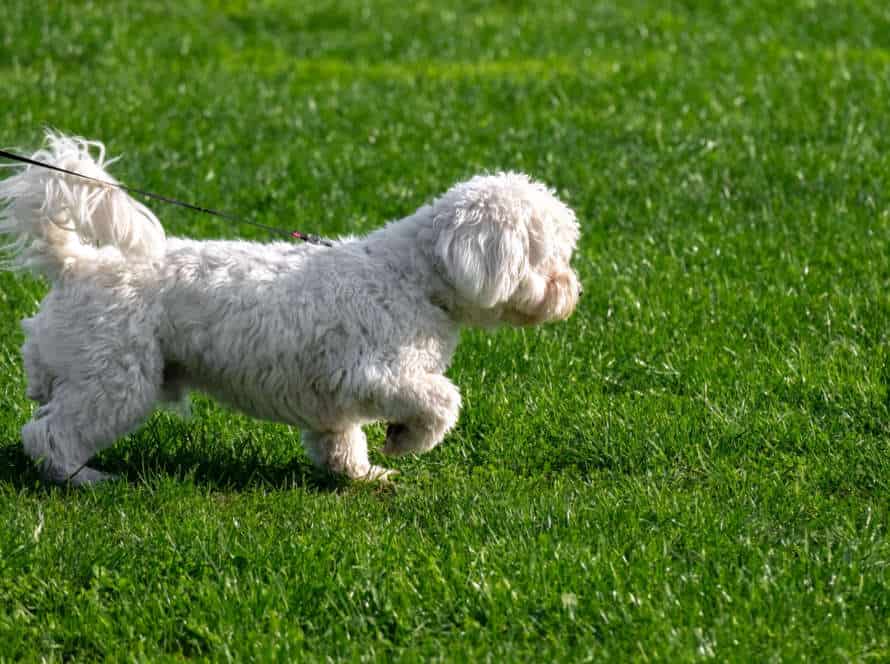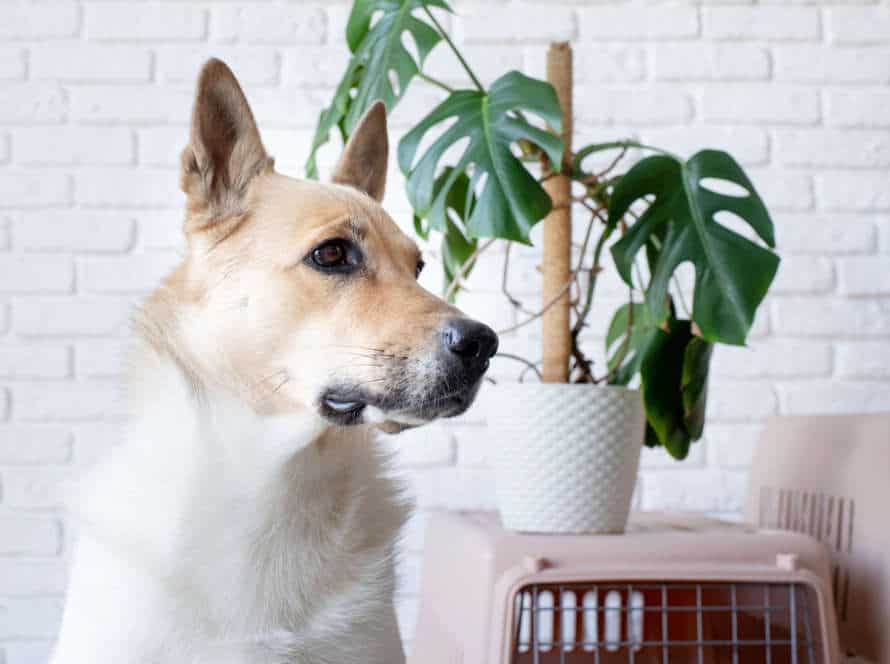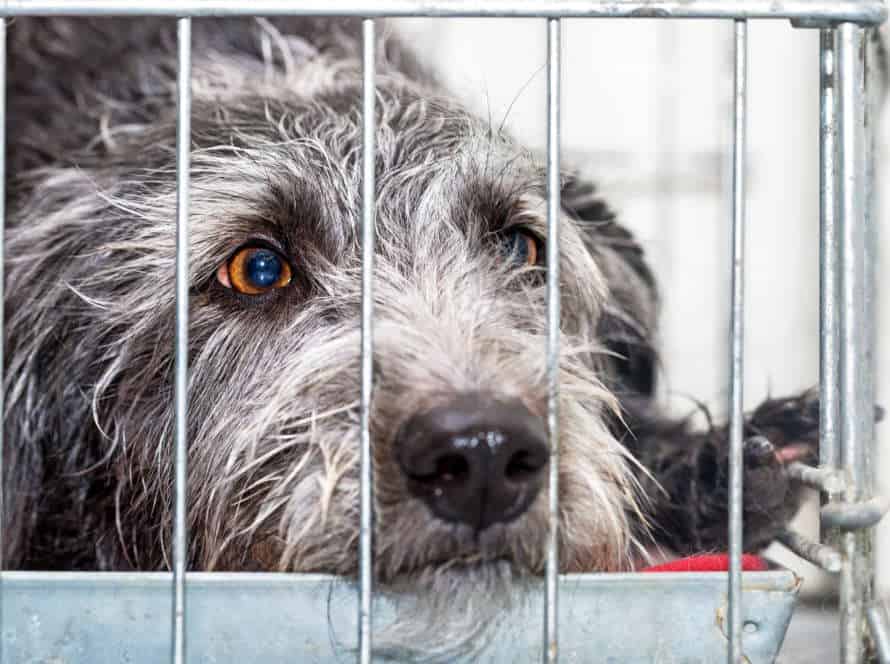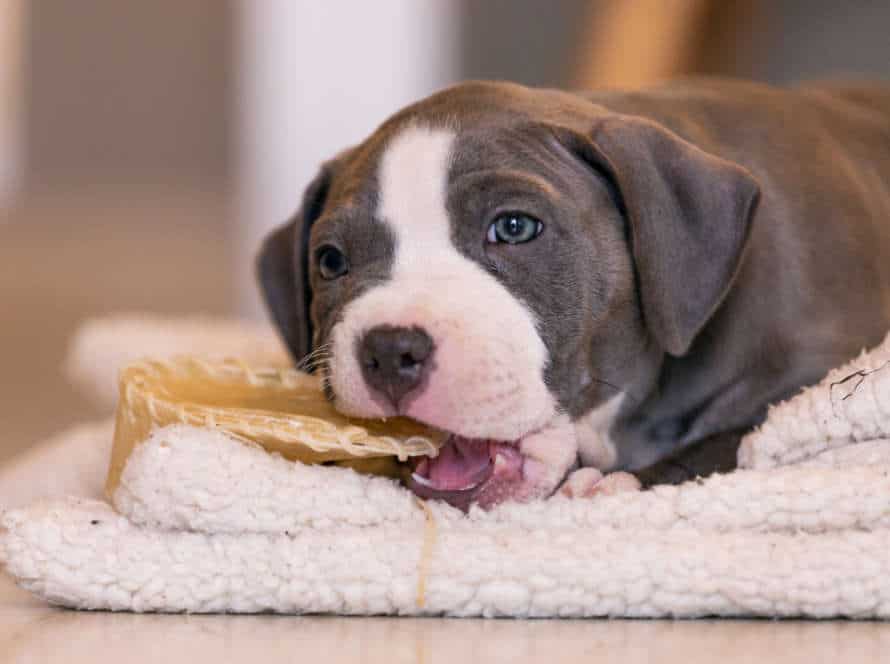How to Introduce New Chew Toys to Your Puppy
Introducing new chew toys to your pup can be great for engagement and avoiding destructive chewing. Here are some tips to help your puppy get used to them:
- Choose the right one. Get a durable, safe toy for their age and size.
- Show enthusiasm. When introducing it, act excited – your pup will get interested.
- Treats! Put a bit of peanut butter or yogurt on the toy to make it more desirable.
- Watch them play. Make sure they don’t chew off pieces, or swallow it.
- Rotate toys. To keep things fresh, swap out their chew toys regularly.
With these tips, you can make sure your pup has a healthy and stimulating chewing experience, while staying safe.
Why Introducing Chew Toys is Important for Your Puppy
Introducing chew toys to your pup? A great idea! It can help their development. By playing with chew toys, your pup will learn the correct way to play. Plus, it offers them an outlet for their natural need to chew. Start introducing chew toys to your pup ASAP for healthy chewing habits.
Benefits of Chew Toys for Puppies
Chew toys are vital for a pup’s physical and mental growth. They also offer entertainment, and here are the benefits of having them:
- Stop destructive chewing – Chew toys give pups a place to satisfy their natural urge to chew, preventing them from chewing your stuff.
- Ease teething – Puppies experience discomfort in their teeth and gums while teething. Chew toys help ease this pain.
- Support dental health – Chewing serves as a natural toothbrush for your pet. Chewing with chew toys can help clean their teeth and massage their gums.
- Stimulate mentally – Puzzle and treat-dispensing toys stimulate mentally and boost cognitive progress.
When introducing a new chew toy to your pup, make sure it’s made of strong, non-toxic materials. Don’t irritate their gums or cause choking. Make the experience fun by playing with the toy and rewarding them with treats. Pro tip: Change up the type of chew toys often to keep your pup interested.
Risks of Not Introducing Chew Toys to Puppies
Introducing chew toys to your puppies is key! If you don’t, it can cause destructive behavior, anxiety, dental issues and even choking hazards. Chew toys are vital as they stop that urge to chew, help with teething and provide mental stimulation.
Follow these tips for introducing chew toys:
- Start with softer, textured toys – like rope and rubber balls.
- Avoid toys that can be ripped apart or swallowed – like stuffed animals or rawhide.
- Supervise your puppy and take away broken or damaged toys.
- Keep things interesting by rotating the toys.
Introducing chew toys early can help prevent problems and keep your pup happy and healthy.
Understanding Your Puppy’s Chewing Patterns and Preferences
Pups have an inborn urge to chew. This helps them explore their surroundings and lessens teething pain. Knowing your pup’s chewing habits is critical for giving them the perfect chew toys.
Here are some tips:
- Pick chew toys that are safe, strong and size-appropriate for your pup based on age and breed.
- Provide a range of different textures, shapes and flavours to figure out what your pup likes.
- Monitor their chewing habits and redirect any undesirable biting to the designated chew toys.
- Switch up the chew toys regularly to keep your pup interested and ward off boredom.
- Supervise your pup while they chew, to ensure safety and escape choking hazards.
Pro tip: Getting to know your pup’s individual chewing needs and habits can help strengthen your relationship and promote good behaviour over time.
Selecting the Right Chew Toys for Your Puppy
Searching for the ideal chew toy for your pup can be difficult. There are numerous toys on the market! When selecting one, size, material, durability, and safety are all key factors to consider. In this section we’ll talk about what you should keep in mind when selecting the perfect chew toy for your pup.
Factors to Consider When Choosing Chew Toys
Choosing chew toys for your pup? Consider these factors:
- Durability: Strong and durable materials.
- Size: Fit for your pup’s size to prevent choking.
- Texture: Soft toys for gentle chewers.
- Safety: No small parts, strings, or loose material.
- Novelty: Interesting textures, colors, and sounds.
Supervise your pup and replace worn/damaged toys.
Types of Chew Toys Suitable for Puppies
Puppies love to chew! That’s why it’s important to choose the right chew toys to satisfy their need and stop them from destructive chewing. Here are the types of chew toys suitable for puppies:
- Rubber Chew Toys – made from tough materials, perfect for active chewers.
- Rope and Tug Toys – great for interactive play, also help clean teeth.
- Dental Chew Toys – designed to encourage healthy teeth and gums.
- Soft Chew Toys – perfect for teething puppies, help soothe gums.
When introducing these, make sure they fit your puppy and supervise play to prevent any accidents. Pro Tip: Keep it interesting by regularly changing and replacing your puppy’s chew toys.
Avoiding Unsafe Chew Toys
As a responsible pet parent, it’s essential to provide your pup with safe and appropriate chew toys. When selecting the right ones, there are certain things to consider. Here are tips to help:
- Look for chew toys made of durable, non-toxic materials.
- Avoid hard ones – they can damage teeth.
- Choose the right size and shape for your pup’s age and breed.
- Always supervise when giving a new chew toy.
- Introduce them gradually and encourage with a treat or peanut butter.
By following these tips, you can ensure your pup enjoys safe chewing experiences that promote healthy teeth and gums.
Introducing Chew Toys to Your Puppy
Introducing chew toys to your pup? It’s a great way to support understanding of their environment and build positive relationships. But, it can be tricky. Here are a few tips:
- Select the right toy!
- Understand how the pup will respond.
That’s what this article is all about – Introducing new chew toys to puppies!
Preparing the Chew Toy
Introducing chew toys to your pup is vital for training. It teaches pups healthy habits and stops bad behavior. Here’s how to get ready:
- Pick one that fits your pup’s age, size, and habits.
- Clean it with warm water and soap.
- Soak the toy in low-sodium chicken or beef broth for a few hours – it’ll make it more interesting.
- Let it air dry or wipe it with a clean towel.
- Show your pup the toy in a positive way and praise them when they show interest.
- Monitor your pup’s use of the toy – make sure they’re playing safe and not eating any pieces.
By following these steps, you’ll help your pup form good habits and get the most out of the chew toy.
Creating a Positive Environment for Your Puppy
Introducing chew toys to your pup? It’s a must for a positive and stimulating environment! Here’s how:
- Start with soft, plush toys made for teething puppies. They’re gentle on their sensitive teeth and gums.
- Hold the toy in front of them. Praise ’em when they take an interest.
- Gradually introduce harder, more durable chew toys like rubber bones or puzzle toys.
- Supervise your pup while they play – for safety reasons and to stop them from chewing the wrong things.
Introducing a variety of chew toys? That’ll keep your pup happy, engaged, and entertained. Plus, you’ll promote healthy chewing habits. Pro Tip: Rotate your puppy’s toys regularly to keep ’em intrigued and stop ’em from getting bored.
Showcasing the Chew Toy to Your Puppy
Introducing chew toys to your pup will lead to a healthier and happier puppyhood. Here’s a guide on how to do it:
- Select a toy that fits your puppy’s size and play style.
- Show the toy to your pup and encourage them to sniff it.
- Make it appealing by applying a tiny amount of peanut butter or dog-safe treat spread.
- Throw the toy across the room and let your pup chase it.
- When your pup grabs it, praise and encourage them.
- Play short, supervised fetch games with your pup to build positive associations with the toy.
- Store the chew toy where your pup can see it, so they know it’s available for playtime.
Encouraging Your Puppy to Use Chew Toys
Introducing new chew toys to your puppy? Great! Here are some steps to follow to make it successful:
- Firstly, make sure you pick toys they’ll like. Puppies see new toys as a way to have fun, relax and explore.
- Secondly, let them sniff the toys – this will make them familiar with them.
- Finally, reward them when they play with the toy. This will encourage them to keep chewing on their toys instead of your furniture!
Rewards and Positive Reinforcement
Rewards & positive reinforcement? Vital for encouraging puppies to use chew toys & helping them develop healthy habits.
Here’s tips for introducing new toys:
- Offer with a treat & praise pup when they take it.
- Liken the chew toy to something positive, eg. reward or toy.
- Make more enticing by smearing peanut butter/safe, dog-friendly treat.
- Supervise pup while they play & remove any damaged toys to avoid choking.
- Reward pup when they use the chew toy correctly.
Avoid negative reinforcement – it can scare & discourage them.
Reducing Boredom and Anxiety
Got a new pup? You know they’ve got bundles of energy and curiosity. To keep them busy and away from boredom and anxiety, get ’em some chew toys! Here’s how to introduce them:
- Pick a toy for their size & age that’s safe and durable.
- Toss the toy near them or even in their mouth.
- If they don’t seem interested, smear a bit of peanut butter or dog-friendly paste on it.
- As they start to chew, give them lots of praise and positive reinforcement.
- Always watch over them when playing with chew toys for their safety.
- Introducing new toys regularly will keep them mentally stimulated and reduce boredom.
Pro tip: Change up their toys to keep them from getting bored.
Redirecting Chewing Behaviour
Redirecting chewing habits is important for a content pup. Encouraging your puppy to use chew toys can stop them from chewing on shoes, furniture, and other valuables.
Here are some tips:
- Choose a variety of chew toys with different textures, sizes, and shapes.
- Give the chew toys to your puppy after eating or exercising.
- Play with them, praise them, or give treats for using the toy.
- If they chew something wrong, steer their attention to the chew toy and praise them.
- Monitor the puppy’s chewing and replace any damaged or worn-out chew toys.
Supervising Your Puppy’s Chew Toy Use
Introducing new chew toys to your puppy – a great idea! Keep them entertained and help relieve anxiety. Supervise their toy use though. This way, you can make sure your pup is playing with the toys safely. So, how can you supervise their toy use?
Monitoring Your Puppy’s Chew Toy Use
Supervising your pup’s chew toy use is key to their safety, and to stop them from eating anything dangerous.
Here are some tips:
- Always watch your pup when they are playing with chew toys. That way, you can step in if they start to chew something they shouldn’t, or if the toy could be a choking hazard.
- Take away any chew toys that your pup has ruined or that are small enough to swallow.
- When introducing a new chew toy, inspect it for loose parts or sharp edges that could hurt your pet. Pick appropriate-sized toys that are strong and non-toxic.
- Mix up your pup’s chew toys often to keep them interested and avoid boredom. Offering different textures, shapes, and sizes will help your pup chew safely and keep their teeth healthy.
- Keep an eye on your pup’s chewing habits all the time to stop any accidents or injuries.
Addressing Any Issues or Concerns
Introducing new chew toys to your pup? Supervise their use and sort any issues. Here are tips for you:
- Start with rubber toys, ropes and bones. See what your pup likes/dislikes.
- Observe how pup interacts with each toy. Switch out if pup is restless.
- If pup chews furniture/shoes, give them toys and use a spray deterrent.
- If pup is an aggressive chewer and starts tearing/swallowing pieces, remove and choose a more durable option.
- Supervising pup’s chew toy use and sorting any issues stops destructive chewing and encourages healthy habits.
Ensuring Chew Toys Remain Safe for Your Puppy.
It’s essential to make sure your pup’s chew toys are secure. The best way to do this is to keep an eye on them when they play with them.
Here’s some advice:
- Pick chew toys that fit your pup’s size and are made from safe materials.
- Always be around while they play with the toy, to stop them from swallowing small parts or choking.
- Introduce new toys slowly, so they don’t get overwhelmed. Gradually increase the time they spend with the toy as they get more relaxed.
- Change the toys often to keep them interested and entertained.
Extra tip: You can use supervising their playtime to help train and bond with them.
Frequently Asked Questions
Q: Why is it important to introduce new chew toys to my puppy?
A: Introducing new chew toys to your puppy is important for their mental and physical development. It helps to alleviate boredom, reduce stress and anxiety, and promotes healthy chewing habits.
Q: How often should I introduce new chew toys to my puppy?
A: You can introduce new chew toys to your puppy every few weeks, or whenever you notice they are becoming disinterested in their current toys.
Q: What type of chew toys are safe for my puppy?
A: Look for chew toys that are appropriate for your puppy’s size and breed, and made from non-toxic materials. Avoid toys that are too small, easily breakable, or have small parts that can be swallowed.
Q: How do I introduce a new chew toy to my puppy?
A: Introduce the new chew toy by letting your puppy sniff and explore it first. Then, offer it to them while supervised to ensure they don’t chew on it too aggressively or ingest any pieces.
Q: What should I do if my puppy doesn’t like a new chew toy?
A: If your puppy’s not interested in a new chew toy, try rubbing it with peanut butter or a little bit of their favorite treat to make it more appealing. You can also try playing with it yourself to show them it’s fun to chew.

